
Top 3 Hospital Birthing Beds for 2025
When selecting hospital birthing beds for labor and delivery suites, healthcare facilities must balance functionality, patient comfort, and clinical efficiency. Today's advanced birthing beds combine versatile positioning options with easy-clean surfaces and quick-conversion features that support both natural childbirth and emergency interventions.
Key Takeaways:
- Modern hospital birthing beds offer multiple positioning options for labor and delivery
- Key features include quick-conversion capability, integrated stirrups, and infection control
- Premium models provide electric adjustment, memory positions, and easy-clean surfaces
- Weight capacity and dimensions are critical considerations for diverse patient populations
- Professional installation ensures proper setup and staff safety
- Advanced features like built-in scales and wireless controls justify higher investments
For healthcare facilities looking to upgrade their labor and delivery department, exploring our hospital beds for sale collection can provide insights into quality construction principles that apply to specialized obstetric equipment.
Top Recommended Hospital Birthing Beds
Understanding Hospital Birthing Beds
Hospital birthing beds are specialized medical furniture designed specifically for labor, delivery, and immediate postpartum care. Unlike standard hospital beds, birthing beds feature transformative capabilities that support multiple labor positions, efficient delivery access, and rapid conversion for emergency procedures.
At MedShopDirect, we understand the critical nature of properly equipped birthing suites. While our primary focus is on general medical beds, the principles of quality construction and therapeutic positioning found in our electric hospital beds collection apply equally to specialized obstetric equipment selection. For facilities exploring birthing center equipment, our hospital beds for home category offers insights into comfortable, less institutional designs.
Let's explore the essential features, benefits, and selection criteria for high-quality hospital birthing beds to help healthcare facilities make informed purchasing decisions.
Essential Features of Hospital Birthing Beds
Modern birthing beds incorporate numerous specialized features:
Positioning Versatility
Advanced hospital birthing beds support multiple positions:
- Standard Lithotomy Position - Traditional delivery position with integrated stirrups
- Upright Seated Positions - Supports gravity-assisted labor with back support
- Side-Lying Options - Alternative positioning for patient comfort and fetal monitoring
- Squatting Configurations - Some models support more natural birthing positions
- Trendelenburg Position - Emergency positioning for complications
This versatility significantly impacts patient experience and clinical outcomes.
Rapid Conversion Capability
Emergency responsiveness is built into quality birthing beds:
- Quick-Drop Foot Section - Instantly creates delivery access
- One-Touch CPR Positioning - Rapid flat positioning for resuscitation
- Removable Headboard - Allows anesthesia access as needed
- Flip-Away Side Rails - Creates immediate access for emergency procedures
- Integrated IV Poles - Ready positioning for fluid administration
These features can save critical seconds during obstetric emergencies.
Infection Control Design
Birth settings demand exceptional cleanliness standards:
- Seamless Upholstery - Prevents fluid intrusion into padding
- Removable Components - Allows thorough cleaning between patients
- Fluid Collection Systems - Integrated fluid management features
- Non-Porous Surfaces - Resists bacterial growth and facilitates disinfection
- Antimicrobial Treatments - Additional protection on high-touch surfaces
These design elements support infection prevention protocols in birthing departments.
Key Benefits of Specialized Birthing Beds
Investing in quality hospital birthing beds delivers significant advantages:
Enhanced Patient Experience
Modern birthing beds significantly improve the childbirth experience:
- Position Customization - Accommodates patient preferences for labor positions
- Comfort Features - Enhanced padding and support for extended labor
- Dignity Preservation - Designs that support modesty during the birthing process
- Partner Involvement - Configurations that facilitate birth partner support
- Reduced Transfer Need - Single-surface care from admission through recovery
These patient-centered designs support positive birth experiences and satisfaction.
Improved Clinical Efficiency
Quality birthing beds enhance provider workflows:
- Optimal Provider Access - Proper positioning for examinations and interventions
- Reduced Staff Strain - Ergonomic heights and adjustability protect staff
- Built-In Equipment - Integrated features reduce room clutter
- Quick Configuration Changes - Rapid adaptation to changing clinical needs
- Enhanced Visualization - Proper positioning for monitoring and procedures
These efficiencies support better outcomes and staff satisfaction.
Safety Enhancements
Advanced safety features protect mothers and infants:
- Stable Positioning - Secure support during active labor
- Emergency Readiness - Instant conversion for urgent interventions
- Integrated Side Rails - Fall prevention during labor and recovery
- Secure Braking Systems - Prevent unwanted movement during delivery
- Weight Capacity Assurance - Safe support for diverse patient populations
These safety elements are essential for risk management in obstetric settings.
Additional Hospital Birthing Bed Options
Beyond our top recommendations, these specialized birthing beds address specific obstetric needs:

Bariatric Birthing Bed
This specialized birthing bed combines the positioning capabilities required for labor and delivery with the reinforced structure and expanded dimensions of a bariatric hospital bed. The enhanced design accommodates higher weight capacities while maintaining full obstetric functionality.
Key Specifications
- Enhanced weight capacity up to 1000 lbs
- Expanded width for patient comfort
- Reinforced frame for stability during active labor
- Bariatric-grade stirrups and supports
- Power-driven positioning system
Ideal Applications
- Birthing centers serving diverse populations
- Hospitals with dedicated bariatric obstetric services
- Facilities focusing on inclusive patient care
- Units requiring maximum versatility

Low-Intervention Birthing Bed
This birthing bed is specifically designed to support natural childbirth with minimal intervention while maintaining safety capabilities for emergency situations. The flexible design supports a wide range of labor positions along with rapid conversion when medical intervention becomes necessary.
Key Specifications
- Multi-position support for natural labor
- Integrated birthing stool configuration
- Partner support features
- Quick-conversion capability for emergencies
- Home-like appearance with clinical functionality
Ideal Applications
- Birth centers with low-intervention philosophy
- Hospital units supporting natural childbirth
- Facilities with midwifery integration
- Units promoting family-centered birth

High-Risk Obstetric Bed
This specialized bed is designed for high-risk pregnancies and deliveries requiring enhanced monitoring and intervention capabilities. The medical-grade design prioritizes rapid access and emergency responsiveness while maintaining comfort for extended antepartum stays.
Key Specifications
- Enhanced Trendelenburg positioning
- Integrated monitoring system connections
- Rapid-response emergency features
- Extra secure braking for procedures
- Extended side rail system
Ideal Applications
- High-risk obstetric units
- Facilities with maternal-fetal medicine focus
- Units handling complex pregnancies
- Hospitals with NICU integration
Essential Features to Consider When Purchasing
When evaluating hospital birthing beds for your facility, focus on these critical elements:
Weight Capacity and Dimensions
Size considerations significantly impact usability:
- Maximum Weight Capacity - Ensure adequate support for diverse patient populations
- Expanded Width Options - Consider comfort for various body types
- Length Adjustability - Accommodates different patient heights
- Footprint Requirements - Ensure proper fit in existing delivery rooms
- Clearance Needs - Space for staff movement and equipment access
These specifications should accommodate both patient needs and facility constraints.
Positioning and Adjustment Capabilities
Movement functionality directly impacts clinical utility:
- Electric vs. Manual Controls - Power-assisted movement improves efficiency
- Position Memory Features - Preset configurations for common labor positions
- Height Range - Proper adjustment for staff ergonomics and patient transfers
- Trendelenburg Range - Critical for emergency response
- Control Placement - Accessible to both patient and clinical staff
The best electric bed for elderly patients shares many positioning considerations with birthing beds, although specialized for different clinical needs.
Infection Control Features
Birthing environments present unique sanitation challenges:
- Material Selection - Non-porous surfaces that prevent fluid absorption
- Seam Reduction - Minimized creases and junctions where contaminants collect
- Component Removability - Easy disassembly for thorough cleaning
- Chemical Compatibility - Surfaces that withstand hospital-grade disinfectants
- Fluid Management - Features that contain and channel fluids during delivery
These elements support infection prevention protocols in high-risk environments.
Mattress Considerations for Birthing Beds
Specialized mattresses enhance both comfort and clinical functionality:
Birthing-Specific Mattress Features
Standard hospital bed mattress designs require modifications for obstetric use:
- Sectional Design - Separate components that move with bed articulation
- Firm Center Section - Provides support during delivery
- Enhanced Edge Support - Prevents compression during active labor
- Fluid-Proof Covering - Complete protection against fluid intrusion
- Pressure Distribution - Comfort during extended labor
These specialized surfaces enhance both patient experience and clinical outcomes.
Comfort Without Compromise
Despite clinical priorities, comfort remains essential:
- Temperature Management - Materials that prevent overheating during labor
- Breathability - Airflow to enhance comfort during long labor
- Appropriate Firmness - Support without excessive rigidity
- Pressure Relief - Critical for extended antepartum stays
- Noise Reduction - Materials that don't crinkle or disrupt concentration
For patients experiencing extended antepartum stays, comfort considerations similar to those in luxury hospital bed for home models become increasingly important.
Implementation and Installation
Proper setup is critical for birthing bed safety and functionality:
Professional Installation Services
Expert installation ensures safety and functionality:
- Certified Technicians - Specially trained in birthing bed assembly
- Safety Verification - Comprehensive testing of all mechanisms
- Room Integration - Proper placement for clinical workflow
- Staff Training - Instruction on all features and functions
- Documentation - Complete records of installation specifications
Professional installation should be considered essential for specialized birthing beds.
Staff Training Components
Comprehensive training maximizes birthing bed utility:
- Proper Operation Protocols - Staff procedures for safe adjustment
- Position Utilization Guidelines - Clinical indication for various configurations
- Cleaning Procedures - Proper sanitization between patients
- Safety Inspection Routines - Regular checks of critical components
- Emergency Conversion Drills - Practice with rapid configuration changes
Staff competency with specialized bed features directly impacts patient outcomes.
Maintenance and Longevity
Proper care extends birthing bed lifespan and effectiveness:
Safety-Focused Maintenance Protocols
Regular inspection is critical for safety:
- Daily Visual Checks - Staff inspection of critical components
- Weekly Functional Testing - Verification of moving mechanisms
- Monthly Thorough Examination - Comprehensive feature assessment
- Quarterly Professional Inspection - Expert evaluation of all elements
- Annual Preventive Maintenance - Complete service by qualified technicians
These maintenance protocols ensure reliable operation for these critical care items. For facilities seeking long-term value, exploring hospital bed for sale options with comprehensive warranty coverage can provide better equipment lifecycle management.
Cleaning and Sanitization
Thorough hospital bed cleaning is essential in obstetric settings:
- Post-Delivery Protocol - Comprehensive cleaning after each birth
- Approved Cleaning Agents - Products that don't compromise surfaces
- Detail-Focused Technique - Attention to joints, crevices, and mechanisms
- Documentation Practices - Recording of cleaning for infection control compliance
- Staff Protection - Safe cleaning protocols that protect personnel
Sanitization must be exceptionally thorough in these specialized beds.
Comparing Birthing Beds to Standard Hospital Beds
Understanding key differences helps inform purchasing decisions:
Design Distinctions
Birthing beds differ fundamentally from standard models:
- Sectional Design - Removable components vs. fixed surfaces
- Access Priorities - Enhanced provider access vs. patient containment
- Support Systems - Specialized stirrups and accessories vs. standard rails
- Control Features - Dual-access controls vs. patient-focused operation
- Material Selection - Enhanced fluid management vs. standard cleanability
While standard beds focus on general medical recovery, birthing beds are specialized for a specific clinical event with unique requirements.
When Specialized Psychiatric Care is Needed
For maternal patients with psychiatric needs, specialized beds may be required that combine obstetric and behavioral health features. In these situations, consulting resources on best psychiatric hospital beds can help facilities develop appropriate protocols for patients requiring both psychiatric support and obstetric care.
Emerging Trends in Birthing Bed Design
The evolution of hospital birthing beds continues with new innovations:
Emerging Technology Integration
Modern birthing beds now incorporate:
- Integrated Monitoring - Built-in fetal monitoring connections
- Smart Positioning Systems - Programmable position memory with clinical presets
- Scale Integration - Weight monitoring without patient transfers
- Digital Documentation - Position tracking for clinical documentation
- Wireless Controls - Tablet-based bed management for clinical staff
These technological advances enhance both efficiency and patient outcomes. For healthcare facilities interested in exploring advanced functionality in general medical equipment, our types of electric beds collection showcases similar technology that has been adapted for broader medical applications.
Patient-Centered Design Evolution
Contemporary approaches emphasize experience alongside clinical function:
- Home-Like Aesthetics - Less institutional appearance reduces anxiety
- Partner Accommodation - Features supporting birth partner involvement
- Customization Options - Adaptable systems for individual preferences
- Sensory Considerations - Reduced noise and gentle movement
- Recovery Integration - Enhanced comfort for the immediate postpartum period
These design elements support positive birth experiences while maintaining clinical capability.
Conclusion and Recommendations
Hospital birthing beds represent specialized equipment that balances obstetric functionality with patient comfort and clinical efficiency. When selecting these specialized beds, focus on positioning versatility, conversion speed, infection control, and appropriate capacity for your patient population.
The best birthing beds combine comprehensive clinical features with durability designed for the unique challenges of labor and delivery environments, creating secure birthing spaces that support both natural physiologic birth and necessary medical interventions when required.
For specialized guidance on selecting the right birthing beds for your labor and delivery department, contact our healthcare equipment specialists who can provide detailed information on available models, features, pricing options, and implementation support based on your specific facility needs.
For information about other specialized medical beds, explore our resources on types of electric beds for home use and best fully electric hospital beds for home use, which cover many of the same quality and feature considerations relevant to birthing bed selection.





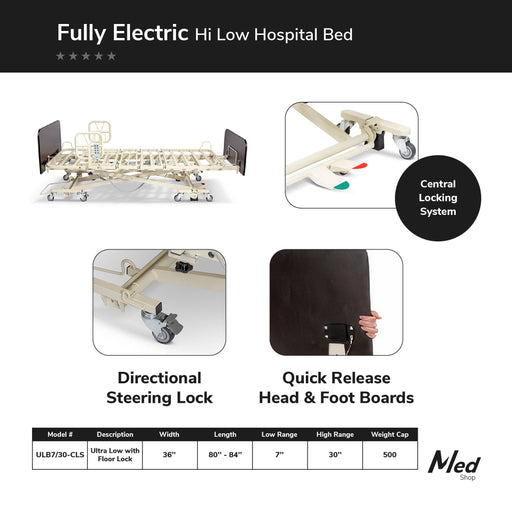
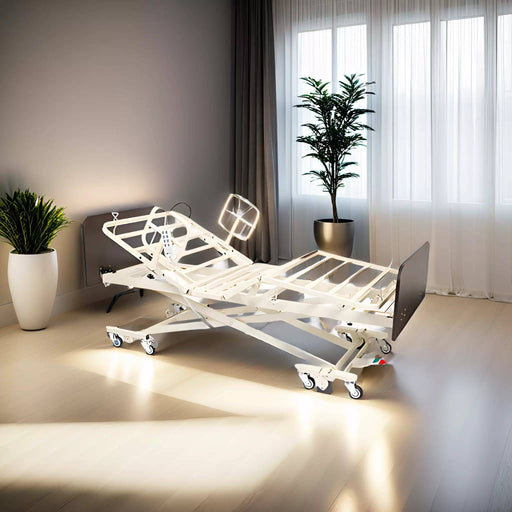


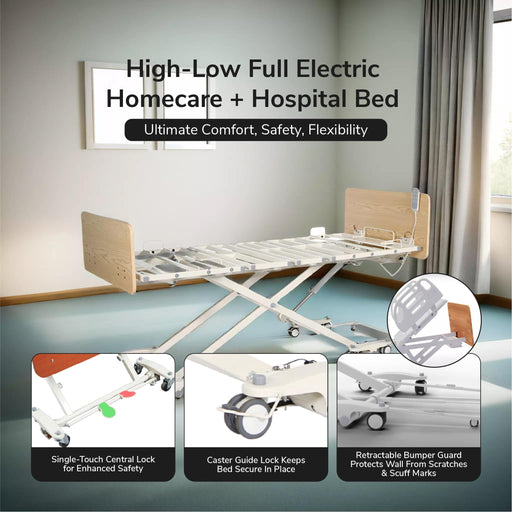
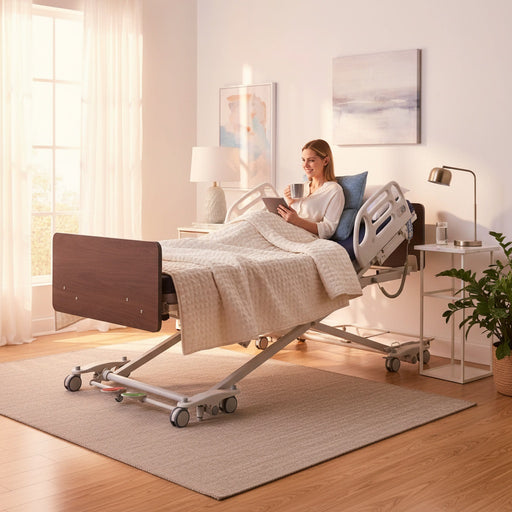
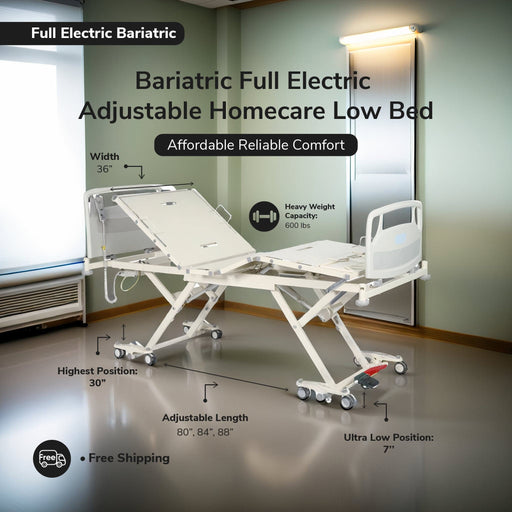
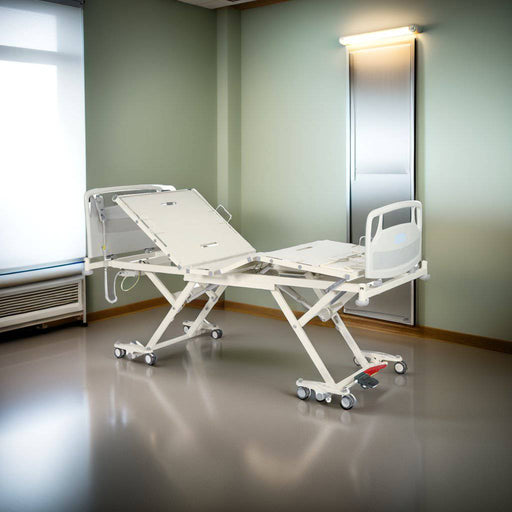
Leave a comment